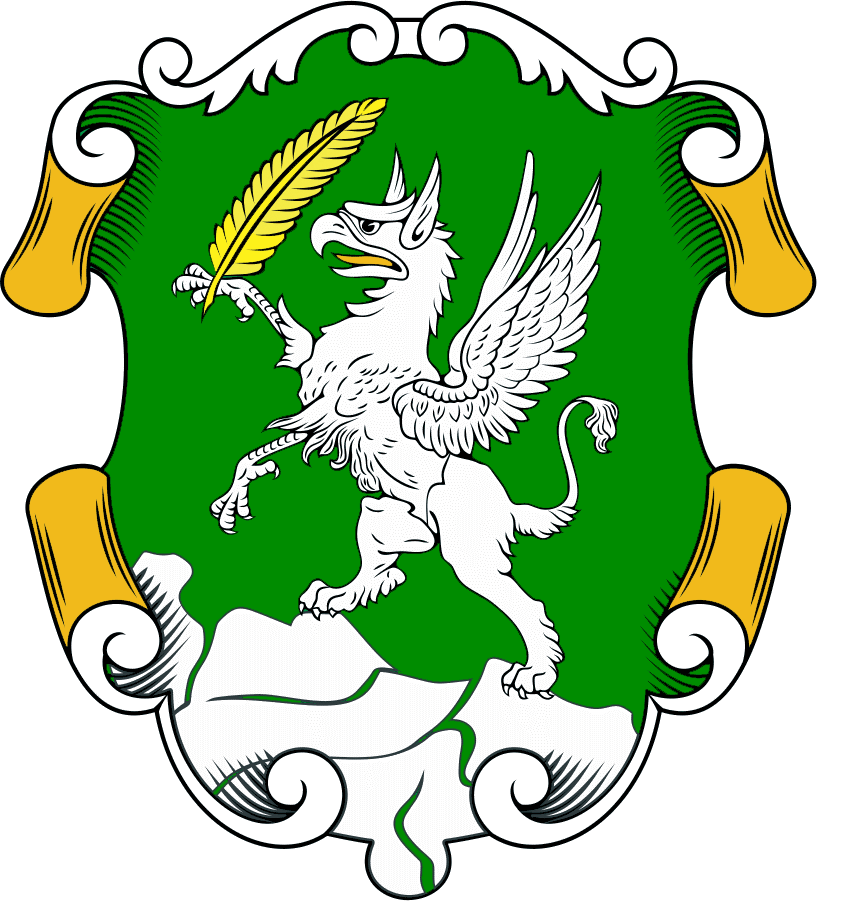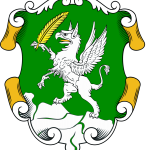Situated at the heart of the old Bazaar in Skopje, in the immediate vicinity of the Chifte Hammam, the Suli inn represents an important work of profane ottoman architecture. it is mentioned in the waqfname of Ishak Bey of H.848/M.1444-45 as his endowment, with a precisely defined location of the plot of land. the inn, also known as the old nn, probably got its name Suli (watery) from the river Serava that ran by it. it is one of the several inns that still exist in Skopje. Its patron, Ishak Bey, the second border-area voyvode, bequeathed it to the aladza Mosque in Skopje. Its site, the vicinity of the Murat Pasha Mosque and the Chifte Hammam, made possible the formation of a characteristic urban unit where emphasis was given to the needs of the population for relaxation, personal hygiene and devotion to god. The Suli inn belongs to the type of two-storey inns with an open square courtyard, surrounded with a porch supported by massive square columns. The ground floor rooms were used for storing goods (warehouses), the stable was on the north side, while the rooms on the upper floor served for overnight stay of the travelers. There are twenty-seven rooms on the ground floor, and thirty rooms with chimneys to keep the visitors warm on the upper floor. It is built with stone and brick in opus cloisonné, while its architectural features resemble those of the Kurshumli inn.
Its position in the old Bazaar required two entrances, one from the side of the river Serava, and the other, the main entrance from the side of the old Bazaar itself. In its history, the inn was damaged several times: in the earthquake of 1555 and in the fire of 1689 when the Austrian general Piccolomini set the city of Skopje on fire, and when it was heavily damaged; after these disasters, the inn was reconstructed, but it was gradually losing its originality. In the earthquake of 1963 it was almost completely destroyed, but after its conservation and restoration, it acquired its present-day appearance. The comprehensive reconstructions carried out after the catastrophic damages the inn had suffered make insight into its original form and roof structure impossible.
Suli inn it lost its function in the late 19th century; in the period that followed, it served as a warehouse and the site of several craft shops. Today, it is the site of the academy of Fine arts, and one of its parts is the Museum of the old Bazaar, a unit of the Skopje city Museum.
Bibliography:
Elezovich G., Turski Spomenici, kn. Xsv. 1 (1348 – 1520), Srpska Kralevska Akademija, Beograd 1940.
Nikolovski A., Balabanov K., Kjornakov D., „Suli an”, Spomenici na kulturata na Makedonija, Skopje 1980, 48.
Ayverdi E.H., Avrupa’da osmanlı Mimari eserleri – Yugoslavya, III. cild, 3.Kitab, İstanbul 1981, 295-296.
Kumbaradzi-Bogoevich L., Osmanliski spomenici vo Skopje, Skopje 1998, 149-151.
Özer M., Üsküp’te türk Mimarisi (XiV-XiX y.y), Atatürk Kültür dil ve tarih Yüksek Kurumu, Ankara 2006.
Pavlov Z., Suli inn, Ottoman Monuments, Cultural heritage protection office, Skopje, 2009, 94-97.
View Ottoman heritage of Skopje


